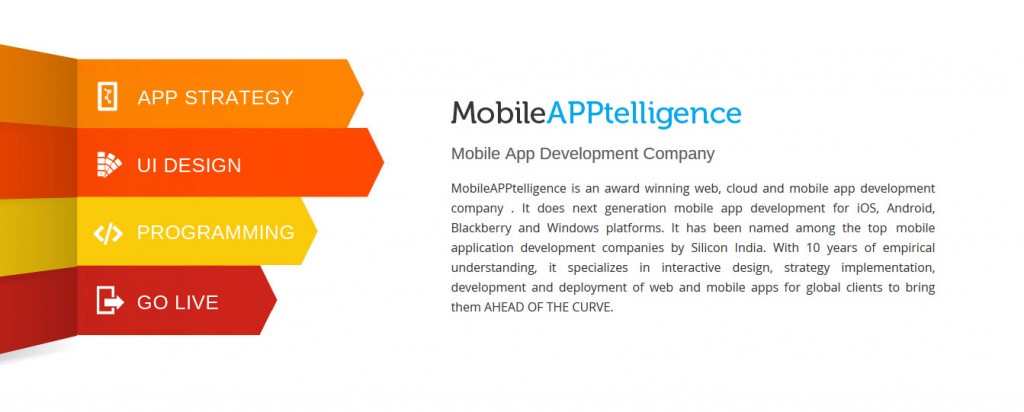4 Fundamental App Testing Principles You Should Know By Now
Great UI, fast screen loading time and high performance and compatibility feature with mobile app platforms are all unique qualities of well-thought-out, well-designed, professionally-tested mobile apps for smartphones. But mobile apps cannot have these qualities if there aren’t any laid down principles and strategies that are employed during and after the mobile application development process by app developers. This means that every developer or those who want to build an app for them needs following principles. However, you can’t use what you do not know. With this said, this article is written to shed some light on some of these very important principles. With this in mind, let’s dive-in and take a closer look at 4 must-needed principles of successful mobile application testing.
>> Looking for Mobile Application Testers?: Connect with Sales
Run app test on multiple real mobile devices not emulators
The main concept behind mobile app development / Android, iOS is to design and build applications that are meant for real mobile devices OS, such as Android and iOS for example. They aren’t building to be run on emulators. So it would be a huge mistake we are doing on quality assurance with emulators because you cannot get the real thing. Mobile application testing is done for QUALITY ASSURANCE. You can get assured by using emulators, which isn’t the real thing.
However, people see emulators as a viable option because it is a cheaper and simple option. But, this should not be used because you will have to compromise on app quality, which takes the “quality” out of the “assurance.” So the best way to delve into file structure, code and databases in real time, which allow for nuanced inspection of any features you want in real application, is to use real devices. Besides, you will have to test for user interaction. It will not work with a keyboard and mouse on the simulator since it is totally different from using fingers on actual mobile devices. So ALWAYS focus for multiple real devices.
Design mobile apps for software as well as hardware
It is true that apps are built for system OS but during your mobile application development process by app developers, it is also important to keep the hardware in mind. Why? This is because most apps will communicate with a server directly. It means your app will need an internet connection, which needs the hardware to function. So when doing your mobile app testing, this should be thoroughly tested and confirm that there is no loading animations ad crashes – no exceptions. Also, if your app needs GPS or Bluetooth or any other hardware to work with app, you should put this into serious consideration. If you don’t, it will get uninstalled due to inefficiency.
Do proper UX testing and always review it before live the app
You cannot do mobile app testing without doing usability testing. Mobile usability testing refers to the usability testing performed on mobile apps running on any mobile OS, such as iOS and Android smartphones. If your app is easy to learn, user-friendly, and less time-consuming when completing tasks, then you can say that it is properly built application.
So first things first, you must devise a usability test plan. Even though there is no specifically-set test plan structure, the one written below should serve as a blueprint for your app usability test plan.
Purpose, objectives, and goals of the test
Task list
Research questions
Report presentation and content
Test Facilitator
Equipment, test environment and logistics
Method (Test design)
Be patient and thorough when doing mobile app testing
Many developers, if not most of the developers, would like the idea of spending only very few hours on testing and come up with one of the greatest apps humankind has ever seen. And do all sorts of testing in as little as a few hours. But this is obviously unrealistic, and to speak quite frankly, ridiculous. So as a developer, it is not healthy to wish that something should appear out of the blue.
However, there is something that is universally true: most people stay away from hard work. Unfortunately, developers are no different. That is why this is included in this list: BE PATIENT AND THOROUGH when carryout your mobile application testing. Actually, this cannot be emphasized enough. Everybody gets it, it takes quite a lot to build a great and successful mobile application.
The best way is to handle with fatigue, be patient and test your app properly is to stay focused on the task at hand at the moment and do not think of the long and painstakingly boring hours, or weeks you have worked on this. And never assume that what you have done should be okay, when in reality it isn’t enough. Before you start your business mobile app development work, always remember this.
>> Looking for Mobile Application Developers?: Connect with Sales
Final Thoughts
As you can see, there is indeed some outstanding principle of mobile application testing everyone should know. Better still; these principles can be used in all mobile app development / Android, iOS process to produce well-built apps that are going to be successful when uploaded in online mobile app stores such as Google Play store and Apple App or Windows Store or any other app store.
So it is obvious that the importance of these 4 Fundamental App Testing Principles You Should Know for just producing properly built apps, but also make the whole process of building the applications for developers so much easier. Apparently, it would be a huge mistake for mobile app developers and designers (or any person for that matter) to come up with a great app idea, concept and sketch the whole developmental process, and then continue building the apps without mobile app testing using these principles outlined and discussed in this article.












Leave a comment